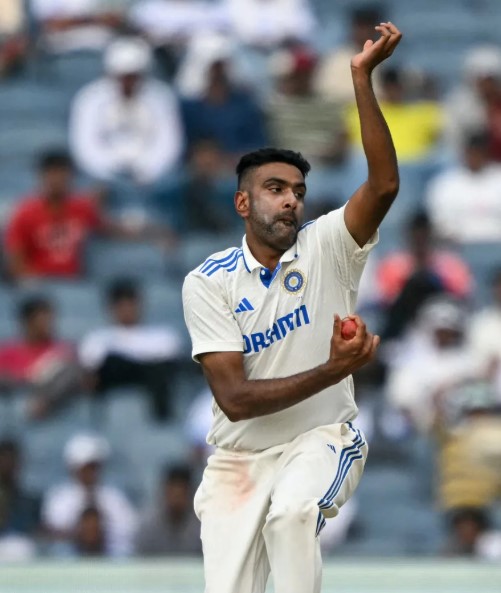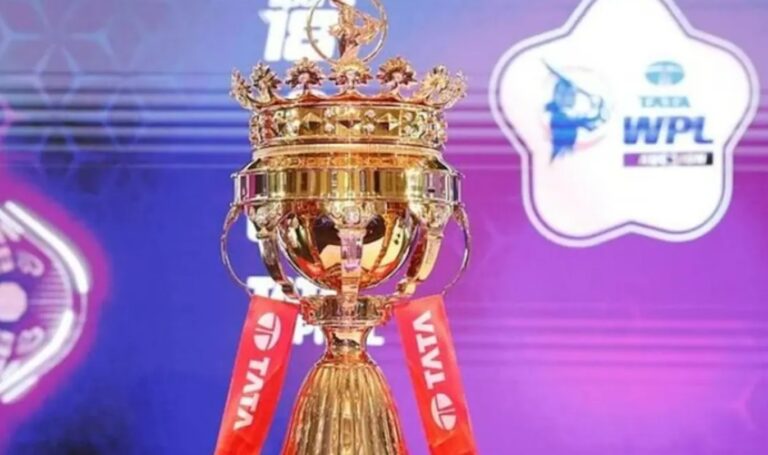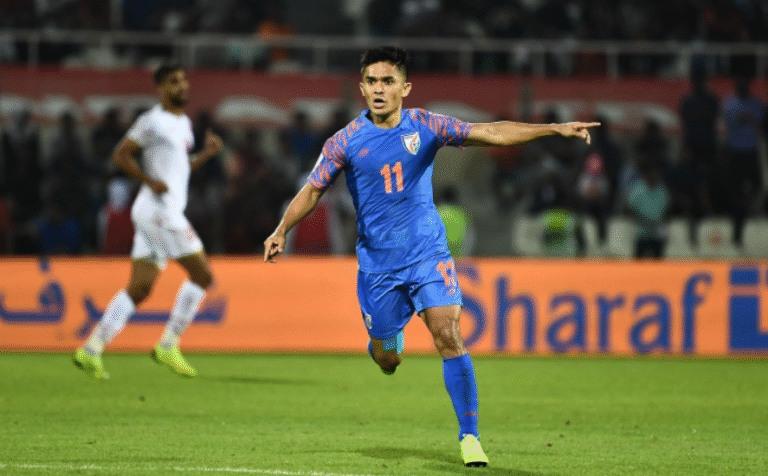
When Ravichandran Ashwin, one of India’s most cerebral cricketers, was accused of using a chemically treated towel to tamper with the ball in a Tamil Nadu Premier League (TNPL) match, the headlines wrote themselves. And although the Tamil Nadu Cricket Association (TNCA) has now officially cleared him and the Dindigul Dragons, calling the allegations “speculative and post-facto,” the real story isn’t about innocence or guilt.
It’s about trust.

🎭 The Theatre of Suspicion
The ball-tampering claim didn’t come during the match. It came later—informally, quietly, and without a shred of tangible proof. No match officials filed complaints. No opposing players stepped forward with formal allegations. No independent analysis found evidence of foul play.
And yet, the name of R. Ashwin was dragged into it. That name carries weight—not only because of his stature, but because of his history. Ashwin, never one to shy away from enforcing cricket’s fine print, has often stood on the legal edge of strategy—whether through controversial run-outs or his outspoken views on rule-bending.
That’s why this story stuck, even for a moment.
🧩 When Perception Becomes the Problem
If this incident involved a lesser-known player, it might have gone unnoticed. But with Ashwin in the picture, the cricketing world paused. Not because they believed he did it, but because they couldn’t afford to ignore the possibility.
That’s the cost of perception. In Indian cricket—especially in domestic leagues like the TNPL—it’s not enough to play clean. You have to look clean. When doubts fester, and answers come too late, the damage is already done.
🏏 TNPL’s Moment of Reckoning
The TNPL, now several seasons in, has matured into a credible feeder system for Tamil Nadu’s cricketing pipeline. But it’s far from bulletproof. This incident has exposed soft spots in its structure:
- No third-party monitoring of suspicious behavior.
- No real-time investigation protocols.
- No official complaint during the match—but a controversy anyway.
To grow, the TNPL needs to professionalize its dispute resolution systems. It needs to adopt transparent, immediate inquiry processes and visible integrity units that can address concerns on the spot—not after media cycles have churned out the drama.
🧠 The Ashwin Factor: Catalyst or Casualty?
Ashwin is more than a player—he’s a personality. Loved by fans, respected by peers, but often walking the razor’s edge of cricket’s moral code. Whether it’s Mankading, field positioning, or pushing for DRS reform, he plays with intensity and intellect. And that makes him a natural lightning rod for controversy.
But in this case, he did nothing wrong. And the fact that his name was even involved is a cautionary tale—not just for him, but for all Indian cricket stakeholders: We are entering an era where reputation is as fragile as a seam on a red ball.
🚨 Final Word: This Cannot Happen Again
TNPL dodged a bullet here. No rules were broken. No sanctions were needed. But the trust deficit that followed could have been avoided with better systems and quicker communication.
If the league wants to grow—and if Indian domestic cricket wants to keep fan faith alive—then the time has come to invest in visible accountability, integrity officers, and zero-delay grievance redressals.
And to Ashwin? He walks out of this one clean—but perhaps a little more aware of just how quickly the narrative can slip away from even the most seasoned pros.

For more spChepauk Super Gillies Take on Tiruppur Tamizhans as TNPL 2025 Begins with a Bangorts breakdowns, follow us on all platforms @BiGGSportsNews.






2 thoughts on “🗞️Ashwin Cleared — But TNPL Can’t Just Brush Off the Dust – TNPL 2024”